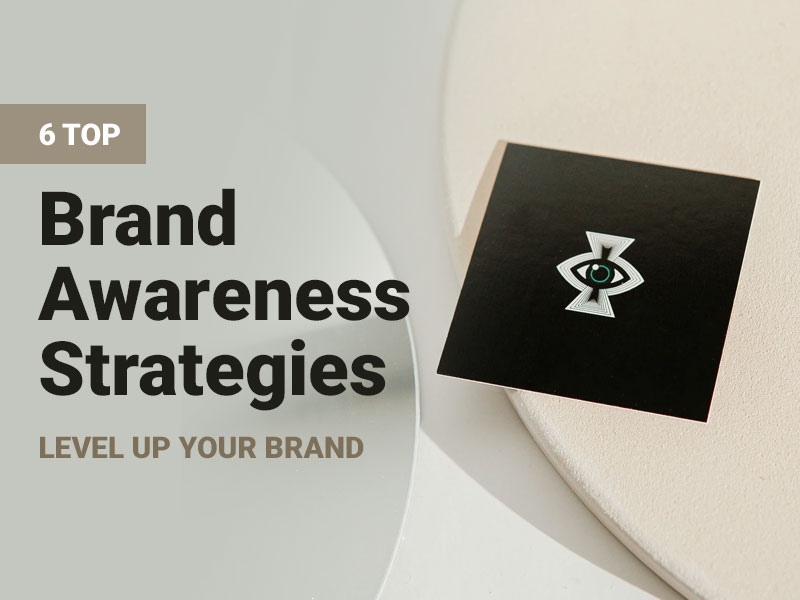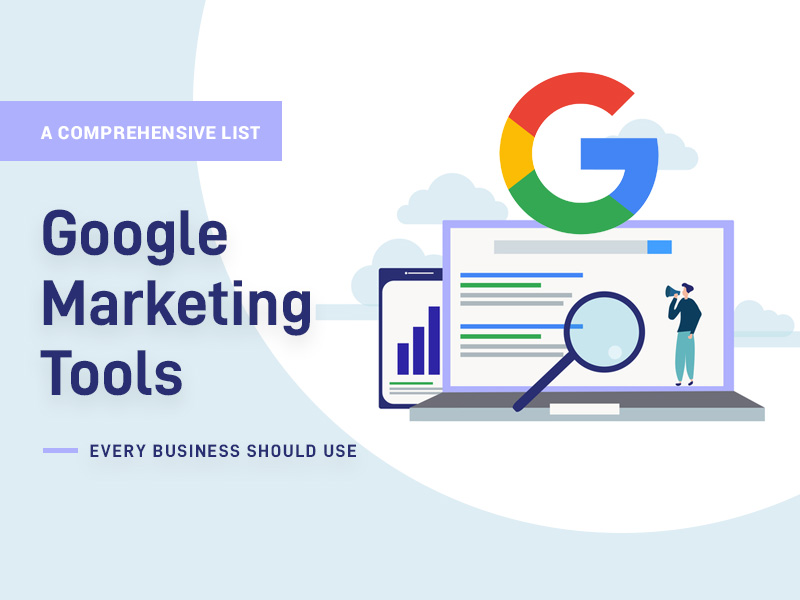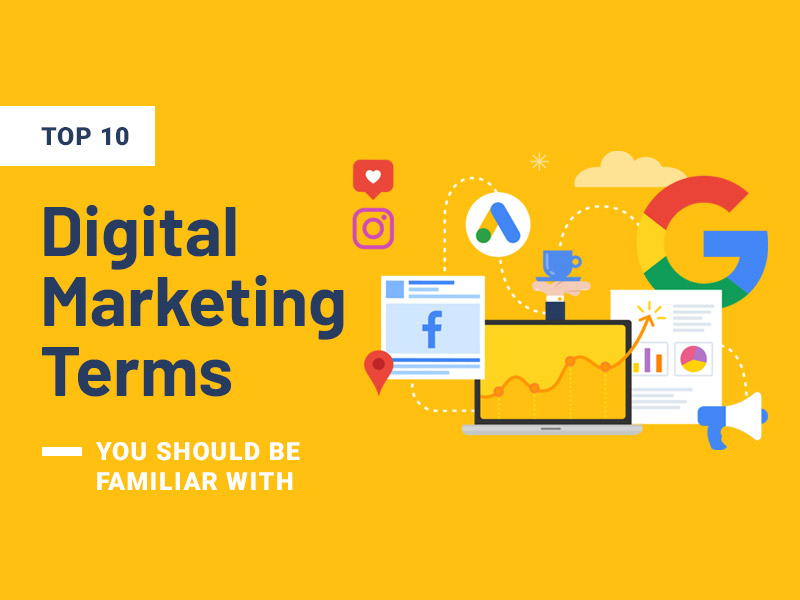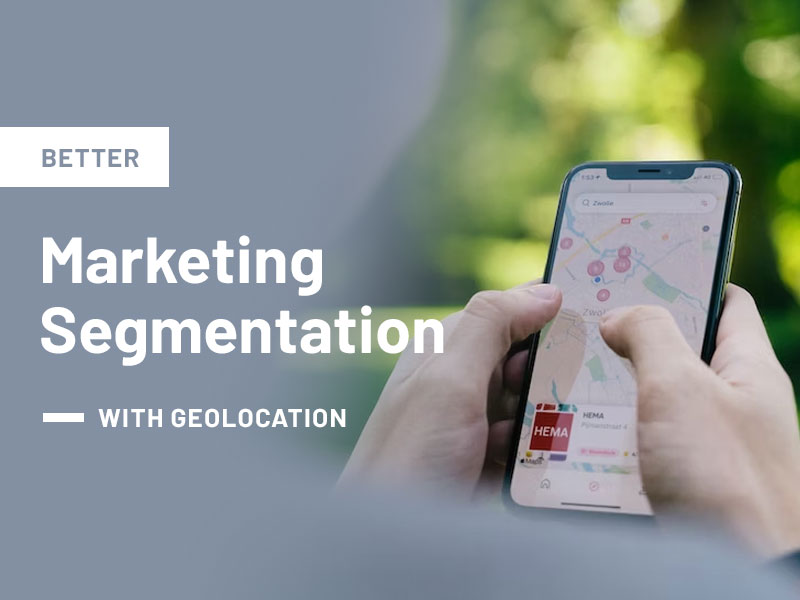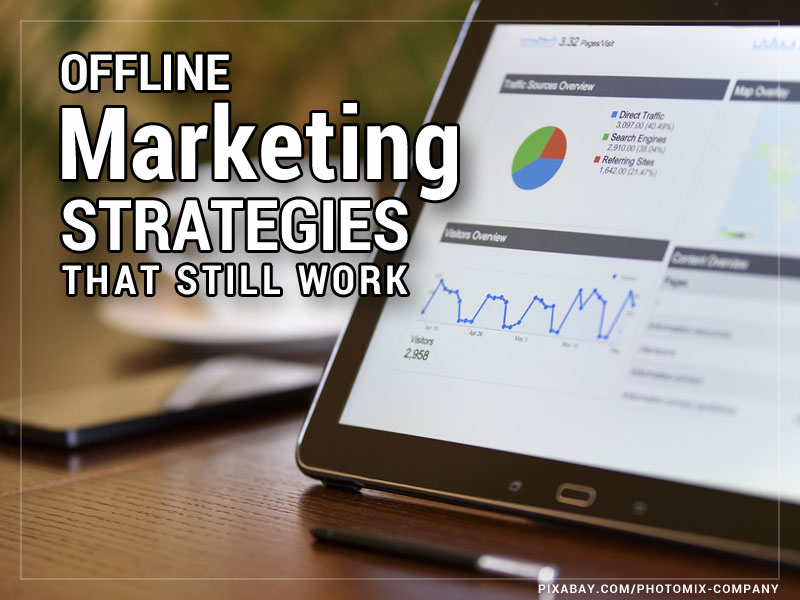Apart from the COVID-19 pandemic, the biggest thing that marked the beginning of the 2020s was the mass exodus of commerce, and indeed life in general, to the digital space. More than 75 percent of consumers partook in new online experiences during the pandemic, according to Qualtrics, an experience management company. This massive flux has created an increased need for better standards in online transactions, thus stepping up the evolution of the way we do things on the internet. Now, nearly all aspects of online activity are managed in some way by AI, where in the past the common user’s only experience with AI was to use it to automate low-level tasks. This is only one of the developments that have reshaped the landscape of the internet. From here on out, digital marketing is going to operate in this new landscape of unprecedented connectivity and accelerated technological advancement. Here are the trends spawned by this new paradigm that you should look out for.
Customer Experience is the New Definitive Factor in Digital Marketing
The focus in modern commerce is shifting away from how good your product is to how good the overall experience is for the average consumer. Customer experience is now the defining factor of brand staying power. If you can’t provide an experience that people will vouch for and talk about, you will most likely find your numbers trending downwards. To generate the right kind of buzz, you need to design a smooth, pleasant experience from the pitch to the sale, supported by top-notch customer service and other experience enhancers to guarantee loyalty.
The fact that experiences now drive social attention means you’ll have to cover a lot of bases to ensure that your services are worth talking about. Prioritizing the customer is key, but more than that, you also need to attune yourself to trends surrounding your niche. Knowing what people are talking about on social media is a vital part of keeping your digital marketing strategy up to par.
The strength of influencer marketing can no longer be ignored, so leveraging it is an opportunity that many cannot afford to miss. It would be better, albeit trickier, to get them to vouch for your product of their own volition by subtly appealing to their tastes. But audiences do still respond well to explicit sponsorships, and thus those are still viable. If you can present your services in a way that subtly and creatively appeals to the current tastes of the public, the social butterflies in your client base will do much of the marketing for you.
Customizability Has Become One of the Keys to Customer Satisfaction
Providing a standard product to a large breadth of people is always going to lead to some of them being unhappy with one aspect or another. If you instead allow customers to tailor your products according to their desires, they will be much more likely to become regular patrons. Hearing or reading one’s own name triggers a positive psychological reaction in most people. That’s why a lot of crafts-based businesses have gotten into the practice of marking their products with the names of those who ordered them, if they so choose.
A similar thing can be done by businesses of other categories. Simply giving people more control over the goods and services they receive can give a large boost to their satisfaction. But the feeling of holding something custom-made, with features that bear the mark of their preferences, can fill someone with a sense of pride in their individuality. Even though they didn’t make it themselves, it was born from their imagination and specifications, making it their creation in a way. Done correctly and in appropriate areas, this can contribute massively towards your overall customer experience.
Marketing Now Demands Personalized Approaches
These days, people are so inundated with technical jargon and corporate decorum that they just want to have normal conversations as much as possible. That’s why most companies with online presences have shifted heavily towards instant messaging to address customer concerns as the internet became more popular. Most of these instant messaging channels primarily use bots to interact with customers, however, which partly defeats the purpose of receiving customers more personally. You can one-up the usual setup by investing more in customer service representatives. If that’s not sufficient due to the volume of customers you need to address, improving your bots to be more interactive will be the next best thing.
Current trends point to human interactions being more impactful in digital marketing. This extends to every facet of the process, from reaching out to clients via email to maintaining an approachable presence on social media. The core of this practice is casual, conversational interactions that allow customers to continue at their own pace. This involves things such as responding to followers’ comments and DMs on social media, but not in the overly chipper way some brands do it.
People want to feel like they’re talking to a real person, not someone following strict guidelines to appear friendly. When marketing through email, keep pitches short and to the point, and only expand on your services when the potential client asks how you can help them with what you have on offer. Always keep in mind that clients want to have light, informal conversations. If you don’t really need to launch into a clinical, corporate vibe, refrain from doing so.
SEO is Now More Art Than Science
Ever since SEO entered into mainstream marketing, nearly everyone was intent on gaming it to achieve the optimal search engine ranking. Now, Google and other search engines have stepped up their standards for what should go into a high-ranking search result. Until recently, they’ve only been able to stamp down websites that engage in keyword spam and other low-level hacks. Now, their algorithms can break down the content on each and every one of your site’s pages to determine whether it offers value or not. Google’s SMITH, or Siamese Multi-depth Transformer-based Hierarchical, is one such algorithm. This thorough system analyzes web content word for word and sentence for sentence, adding word and sentence relationships to its knowledge bank as it goes. It then compares these relationships to its pre-training knowledge base to determine whether or not these sentences are actually informative, instead of being fluff or random word soup.
That’s not the only intelligent solution they’re employing. According to neonambition.com, Google is deploying several other AI-driven SEO updates, including the Multitask United Model, or MUM, which is poised to shake the very foundations of web search. MUM works like SMITH, but instead of digesting web content, it makes sense of the search queries themselves, as though it were an actual person reading someone’s entry into the search bar. Search engines are about to get a lot smarter and more focused, which is a far cry from what most online businesses are used to. The help of SEO agencies to help navigate through the changing times will be indispensable.
Search engines are redoubling their efforts on making web search as easy and convenient as possible. Voice search is more relevant than ever, accounting for around 20 percent of all mobile searches. This alone calls for a drastic shift in marketing strategies. Visual search is also on the rise, with technologies like Google Lens allowing users to point their phone cameras at something and instantly get online information about it. Because of this, image metadata and alt-text have taken on a whole new dimension of importance. Couple that with the fact that algorithms are now being developed to interpret search queries based on their underlying concepts and sentiments rather than words alone, and you have a completely changed SEO landscape.
It’s enough to render past SEO practices nearly obsolete. The best hope of making it to the first page of Google now lies with how high-quality you can make your webpage overall. This does mean you can technically just game Google’s new metrics. But the best results will still be achieved by making design and content choices that will provide the most benefit to visitors.
Synergy Between the Digital Space and Real Life is Essential
While it’s true that most prefer to do their shopping online, some people do find it convenient to visit the occasional shop while they’re out. Hence, despite the heavy leaning towards digital commerce, physical establishments are not yet obsolete, and will likely never be. This gave rise to what has now been termed the “brick-and-click” model, wherein businesses remain in the physical spaces they once occupied, but make heavy use of the digital space to communicate with customers. Many businesses who still had the means to hold on to their locations adopted this model, instead of retreating to a different location that costs much less but can only serve online customers. Now, they’re able to cater to in-person and online customers alike.
Survival in this post-pandemic commercial landscape relies on your ability to bring in as large a client base as possible. A big part of this is using every outlet available to receive and serve customers. Once circumstances stabilize, we will likely see something of an even split between online and in-person clients. Therefore, the online and physical components of your business should seamlessly integrate and build upon one another. Customers should be able to access your goods and services in whatever way is most convenient for them. This includes delivery, purchasing in person, placing orders from home and picking them up at your location, or any other variation that meshes digital and physical transactions together.
Brand Image is More Important Than Ever
In a world where brands are regularly stained by scandals due to shady business practices or being out of touch with the consumer, it is incredibly refreshing to be one that is trustworthy and dependable. A core component to a strong brand image is being keenly attuned to the thoughts and opinions of your average client. This allows you to quietly steer your business towards a better compromise between what is best for your customers and what turns a profit. To do so in a delicate way conveys to the consumer that you’re on their side, without overpromising or appearing as if you’re only doing it to drum up some positive press. Too often, companies make the mistake of overselling their relatability and alignment with their customers’ hearts and minds. This disingenuousness just exacerbates the problem. Learn from the mistakes of brands who have exaggerated their supposed alliance with their clientele, and instead build your brand image through actions.
Now that online commerce comprises the majority of how we do business, a good brand image is practically the only thing that will keep customers coming back. People have found that they prefer online purchasing to actually visiting brick-and-mortar establishments. This means that you’ll get far fewer potential customers just stumbling onto your business as they’re looking for certain shops.
Hence, businesses are going to have to start functioning not just as for-profit entities, but as community servants as well. This serves to foster goodwill, and from a purely practical standpoint, indirectly strengthens the purchasing power of your client base. Again, remember that this must be as low-key as possible. Charitable acts and other good deeds create a much louder buzz when the company itself does not pat itself on the back for them on social media. In today’s always-online social landscape, your customer base will do this for you. Unless announcements and social media posts will make accessing your helpful services easier, it’s best to leave generating exposure to your thoroughly pleased client base.
The main takeaway from all of these trends is that the clamor for more genuine and trustworthy brands has come to a head. Customers respond better to companies whose values align with theirs. While established brands have little room to change course, smaller businesses have the advantage of being potentially up-and-coming and trendy. This is because their track records are mostly still clean, thus there is virtually no stigma attached to anything they do. If you can keep these trends in mind, it would definitely be possible to beat even larger brands out of your local market.


